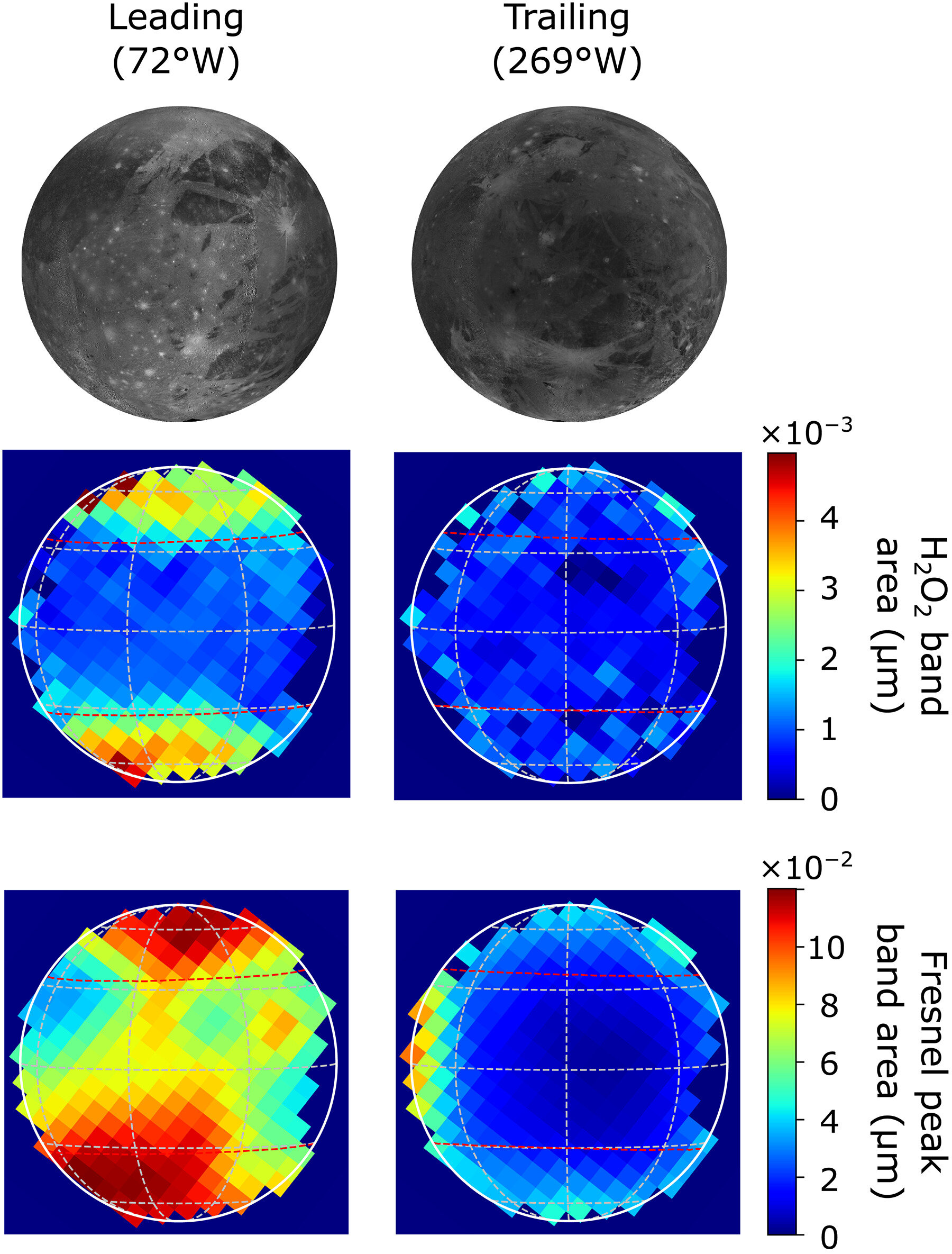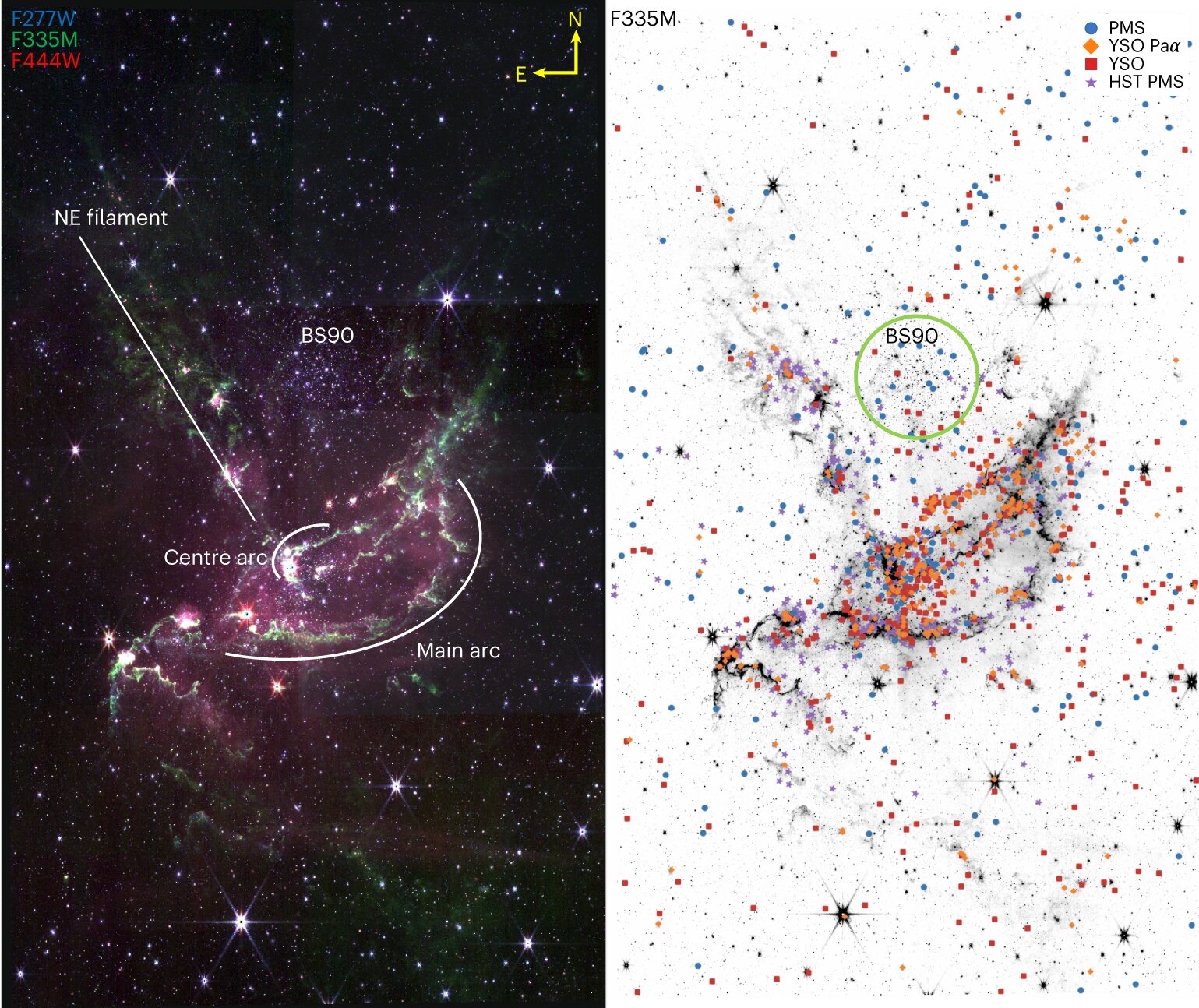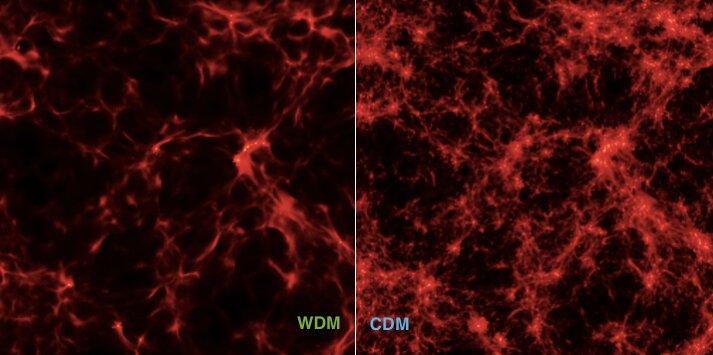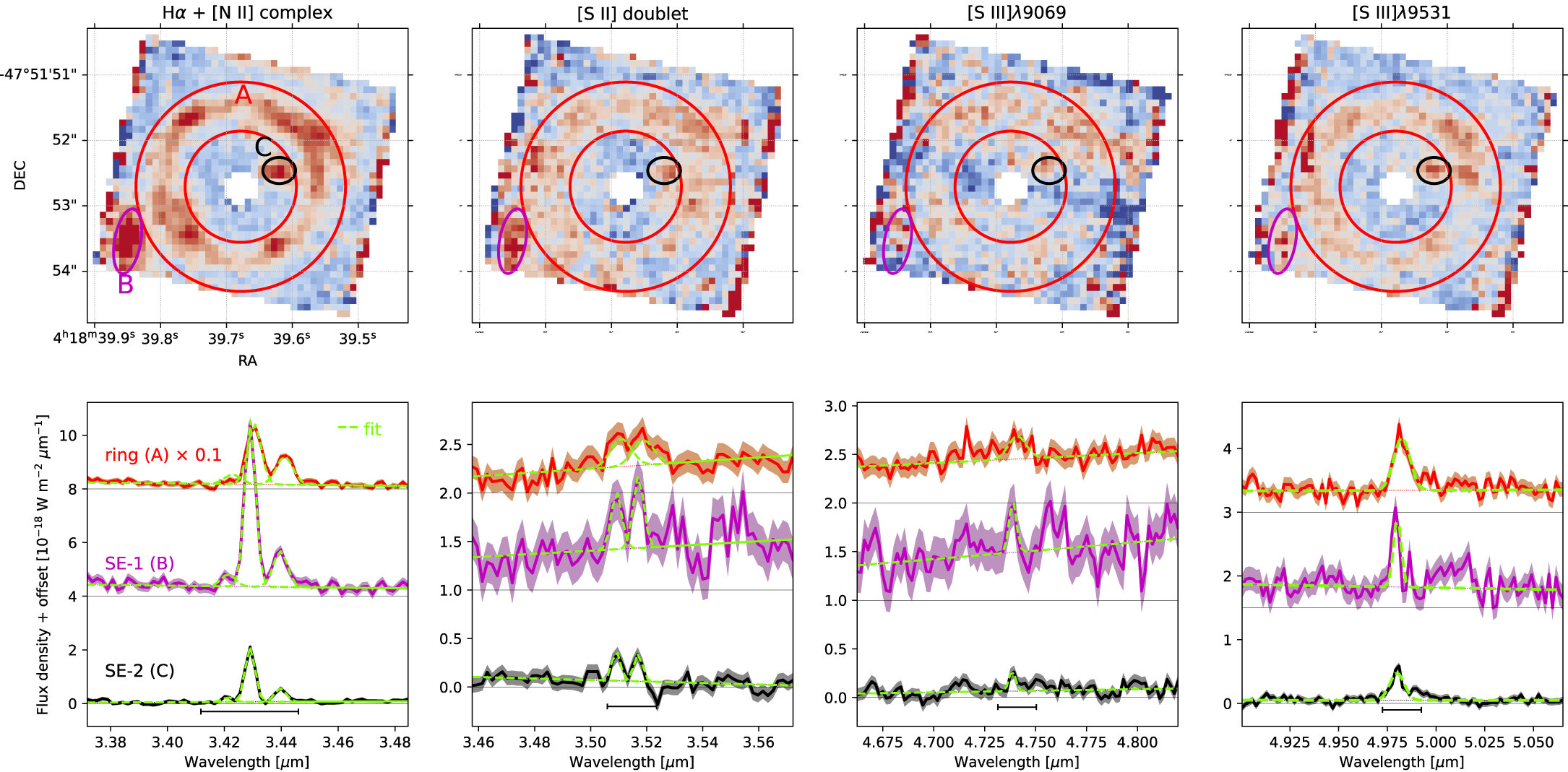
James Webb Space Telescope (JWST) tagged posts


An international team of space scientists has found evidence suggesting that planets could have formed during the so-called “cosmic noon.” In their study, reported in the journal Nature Astronomy, the group used data from the James Webb Space Telescope (JWST) to study a part of the Small Magellanic Cloud (SMC) to learn more about planet development around young stars.
For many years, astronomers have been studying planet creation and the likelihood of the existence of planets similar to Earth. But it is still not clear how planets could have could come to exist in the early universe when most, if not all of the stars, were small...
Read More
Astrophysicists in Italy have shed new light on the nature of matter from the James Webb Space Telescope (JWST) detection of galaxies from 13 billion years ago and novel state-of-the-art numerical simulations of the first galaxies. The study adds another piece to the puzzle of the nature of matter in the universe.
While the commonly accepted paradigm of structure formation is based on non-relativistic matter that interacts only gravitationally, that is “cold” dark matter, alternative possibilities advocated to solve small-scale problems of the standard scenario rely on the hypothesis that dark matter is made of warm particles that possess a small, non-n...
Read More
While analyzing data from the first images of a well-known early galaxy taken by NASA’s James Webb Space...
Read More






Recent Comments